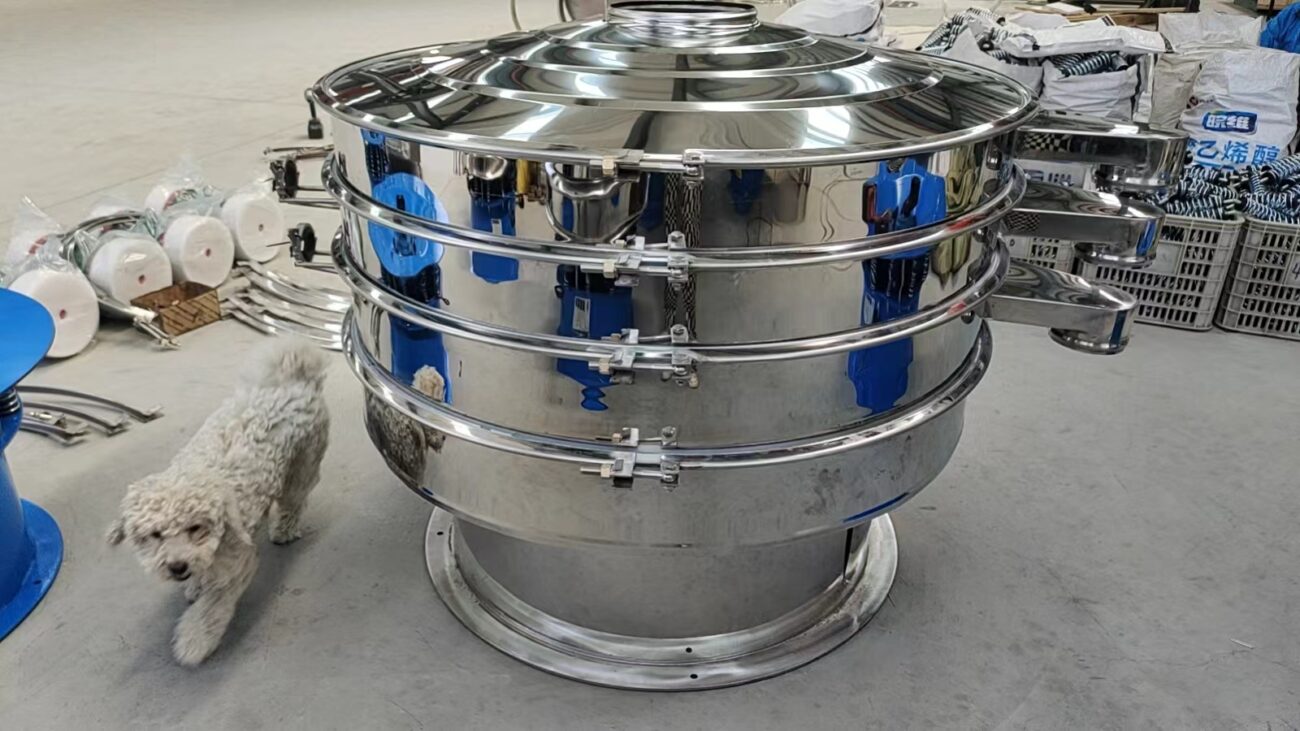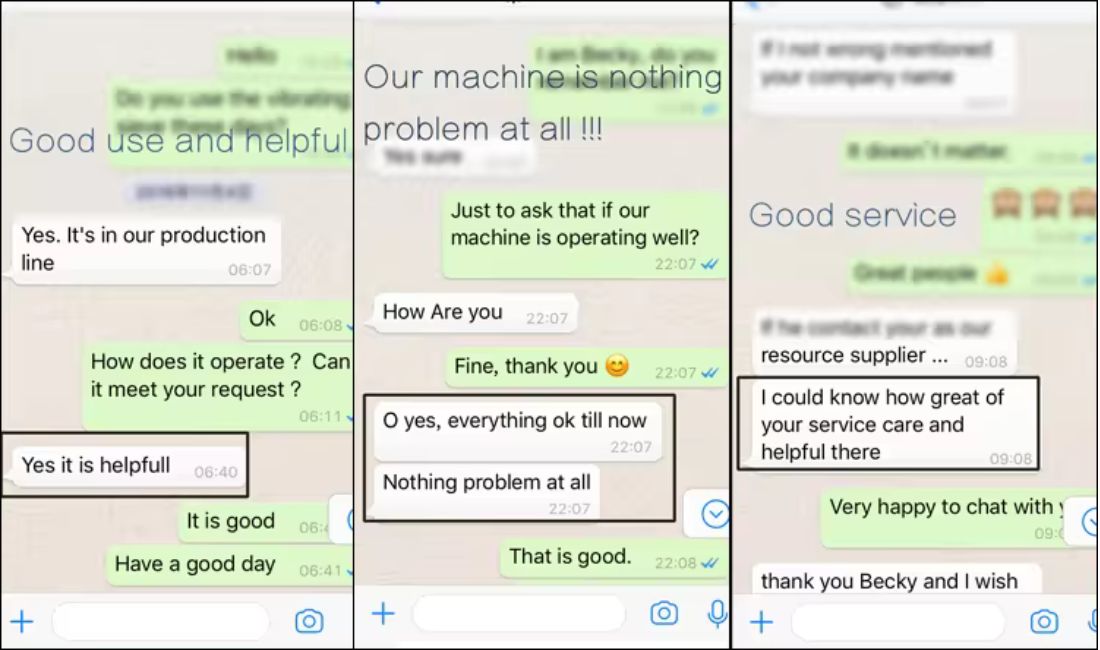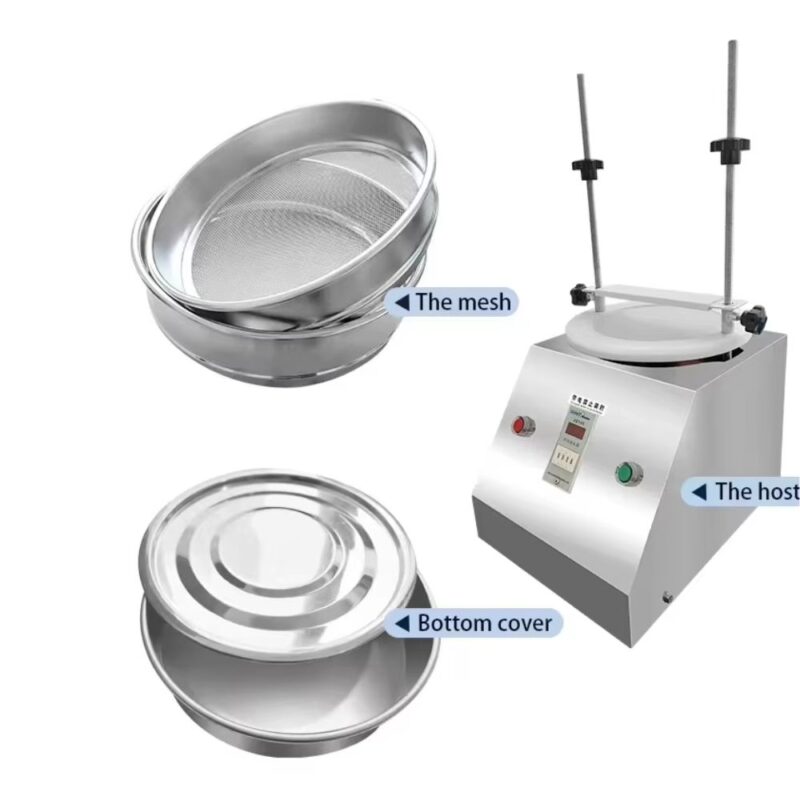The Importance of Soil Sifting in Agriculture and Gardening
Soil sifting stands as a cornerstone in both agriculture and gardening. This essential process refines the soil, transforming it into an optimal medium for plant growth. By removing debris, rocks, and other unwanted materials, soil sifting enhances aeration, ensuring roots can access oxygen effortlessly. Moreover, it creates a uniform soil texture, a critical factor in consistent water retention and drainage. When soil is properly sifted, it fosters robust plant development and minimizes the risk of disease caused by uneven moisture distribution.

For gardeners, sifting elevates the planting experience, ensuring seeds are surrounded by a fertile and obstruction-free environment. In agriculture, the stakes are even higher. Crops depend on uniform soil conditions to grow evenly and produce maximum yield. Whether preparing soil for small flower beds or expansive fields, the benefits of sifting ripple across every layer of cultivation.
Different Types of Soil Sifting Machines
Manual Soil Sifting Machines
Manual soil sifting machines are the most straightforward and cost-effective option. Designed with simplicity, they typically feature a sturdy frame and a mesh screen that separates fine soil from larger particles. These machines are perfect for gardeners who appreciate a hands-on approach. Although they require physical effort, they offer unmatched control over the sifting process, allowing users to customize the results for specific tasks.

These machines are also highly portable, making them ideal for smaller gardens or projects requiring mobility. Their lack of complex components ensures durability and easy maintenance, making them a favorite for those who value reliability over automation.
Electric Soil Sifting Machines
Electric soil sifting machines introduce efficiency into the equation. Equipped with motorized components, these machines handle larger volumes of soil with minimal manual intervention. With adjustable settings for sifting size and speed, electric models cater to diverse requirements, from delicate flower beds to larger agricultural plots.
Their automated operation saves time and effort, particularly for users with significant sifting needs. Despite a higher upfront cost compared to manual sifters, their ability to streamline processes often results in long-term savings. Modern designs also emphasize user-friendliness, incorporating features like noise reduction and safety mechanisms.
Industrial-Grade Soil Sifting Machines
For large-scale operations, industrial-grade soil sifting machines are indispensable. These heavy-duty machines are engineered to handle massive quantities of soil efficiently, often integrating advanced technologies like vibratory screens and conveyor belts. Their robust construction ensures they can withstand the rigors of continuous use in agricultural fields, landscaping projects, and construction sites.

Industrial sifters boast high throughput rates, enabling swift preparation of large areas. Many models offer specialized features, such as multi-tier screens for sorting soil into different grades. While they represent a significant investment, their impact on productivity and quality makes them an essential asset for professionals.
Choosing the Right Soil Sifting Machine for Your Needs
Key Factors to Consider
Selecting the perfect soil sifting machine requires a careful evaluation of your unique requirements. Start by considering the scale of your projects. Smaller gardens may benefit from manual sifters, while larger plots demand the speed and efficiency of electric or industrial models.
Budget is another critical factor. While manual sifters are budget-friendly, electric and industrial machines offer superior efficiency that can justify their higher cost over time. Durability and build quality also play a significant role, especially for machines intended for frequent or heavy-duty use.

Ease of maintenance is often overlooked but should be a priority. Machines with replaceable parts and simple cleaning processes reduce downtime and extend lifespan. Noise levels, portability, and energy consumption are additional considerations that can significantly impact user experience.
Matching Machines to Specific Applications
Not all soil sifting machines are created equal, and their effectiveness largely depends on their alignment with specific tasks. For intricate gardening projects, where precision matters most, manual sifters offer the tactile control needed to prepare soil to exacting standards.
Electric machines shine in medium-scale operations, balancing efficiency with convenience. Their versatility allows them to tackle everything from vegetable gardens to landscaping jobs with ease.

Industrial-grade sifters dominate large-scale agricultural and construction projects. Their ability to process vast amounts of soil quickly makes them a valuable asset for professionals managing extensive operations. By understanding the nuances of each machine type, users can ensure they invest in equipment that not only meets their needs but also enhances overall productivity.
